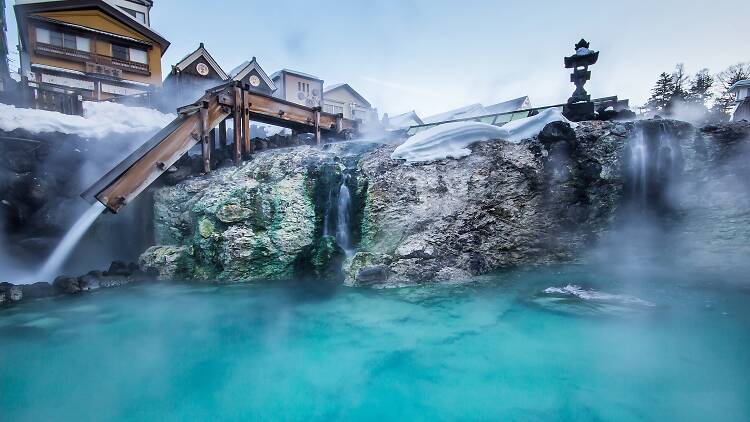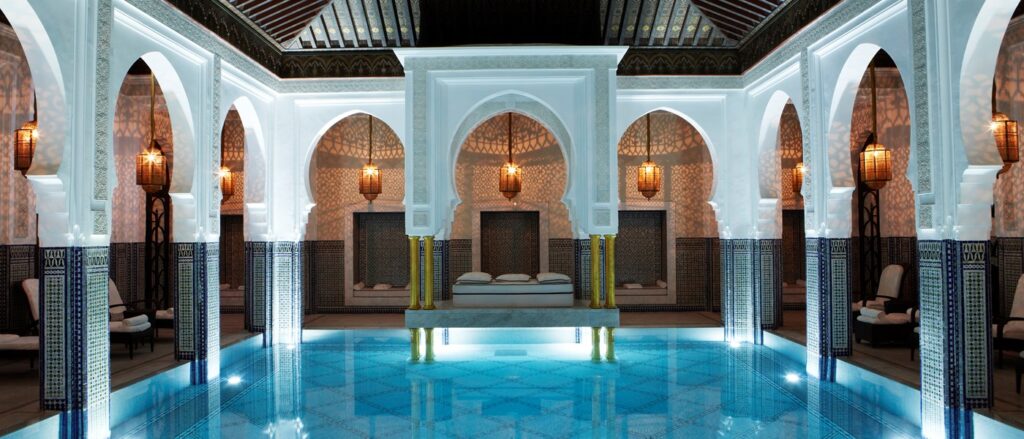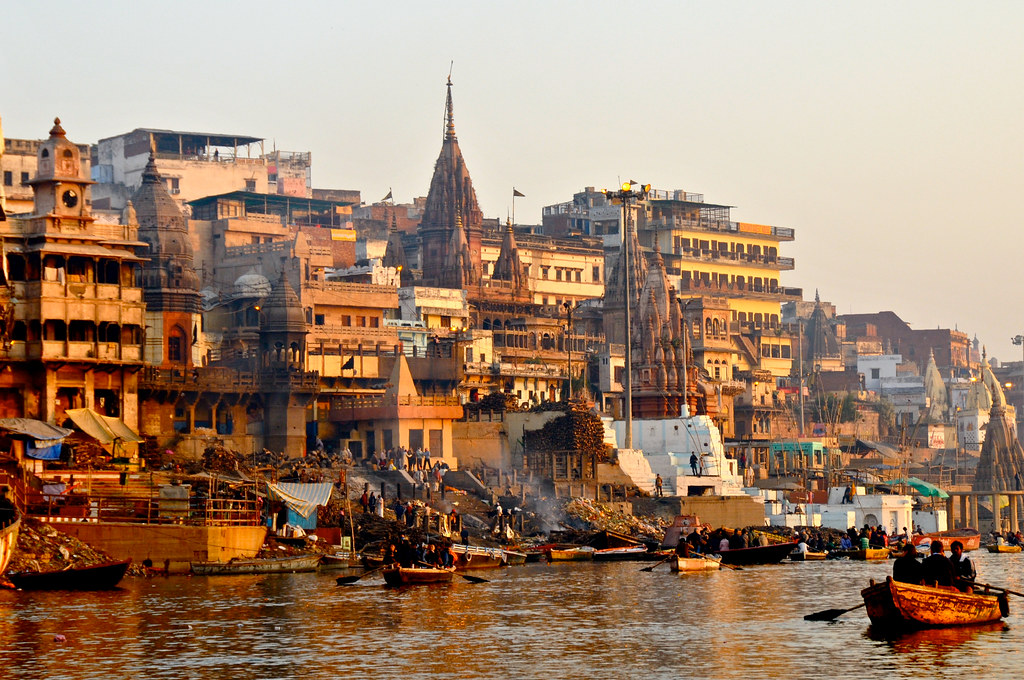Bathrooms are not just functional spaces; they are reflections of culture, tradition and lifestyle. From the opulent baths of ancient civilizations to the sleek, modern designs of Today, bathrooms around the world offer a fascinating glimpse into the diverse ways in which people approach hygiene, relaxation and self-care. In this blog we’re going to take you on a virtual journey across the globe exploring the inspiring bathroom designs and practices from different cultures.
Lets begin our journey in Japan, where bathing is not just a daily ritual but a cherished cultural tradition. Japanese onsens, or hot springs, are renowned for their healing properties and serene ambiance. In a traditional onsen, bathers immerse themselves in natural mineral-rich waters surrounded by tranquil natural landscapes. There are approximately 25,000 hot spring sources throughout Japan and approximately 3000 onsen establishments use naturally hot water from those geothermally heated springs. The design of Japanese baths emphasizes simplicity, with wooden soaking tubs, minimalist decor and the use of natural materials like Hinoki wood. The concept of “Shinrin-Yoku” or forest bathing is also incorporated, promoting a connection with nature and relaxation of the mind and body

Next, we travel to Morocco to discover the allure of Hammams, traditional public bathhouses that have been integral to Moroccan culture for centuries. Hammams are vibrant, bursting spaces where people gather to cleanse, socialize and rejuvenate. The architecture of Hammams features intricately tiled walls, domed ceilings and ornate marble fountains. The atmosphere is rich with the scents of exotic oils and herbs, creating a sensory experience unlike any other. Hammams offer various bathing rituals, including steam baths, exfolation treatments and massages, all aimed at purifying the body and nourishing the skin.

In the Nordic Countries, saunas are a way of life, deeply ingrained in the culture and cherished for their health benefits and communal spirit. Scandinavian saunas come in various forms, from traditional wood-fired saunas in rural settings to modern urban spas with sleek, contemporary designs. The sauna experience typically involves alternating between sessions of intense heat followed by cooling dips in cold water or rolling in the snow. Sauna architecture prioritizes simplicity and functionality, with natural materials like pine wood, stone and glass creating a warm and inviting atmosphere. Saunas are not just places to cleanse the body; they are also spaces for relaxation, contemplation and socializing with friends and family.

In India, bathing holds deep spiritual significance and riverside ghats serve as sacred bathing sites where devotees cleanse themselves both physically and spiritually. The ghats are vibrant, bustling places where people of all walks of life come together to perform rituals, offer prayers and connect with the divine. Bathing in the holy waters of the Ganges River is believed to purify the soul and wash away sins. The architecture of Indian Ghats is characterized by grand staircases, ornate temples and colourful pavilions, creating a visually stunning backdrop for the sacred rituals that take place.

From the serene simplicity of Japanese Onsens to the vibrant energy of Moroccan Hammams. And the communal spirit of Scandinavian Saunas to the spiritual significance of Indian Ghats, bathroom traditions around the world offer a rich tapestry of inspiration and cultural insight. Whether it’s soaking in a hot spring, indulging in a steam bath or immersing in sacred waters, the universal desire for cleanliness, relaxation and renewal transcends borders and unites us in our shared humanity. As we journey through these diverse bathing traditions, may we find inspiration to create our own oasis of tranquility and wellness, wherever in the World we may be…




